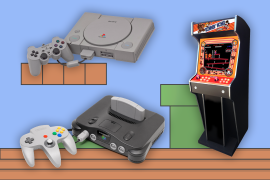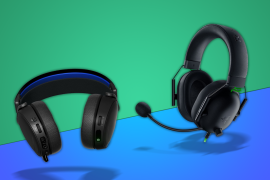Hands-on with TomTom Go Live 1000
Hands-on with a GPS is a bit pointless unless you actually – you know – go somewhere. That's why we jumped in a car for a quick tram-dodging tour of

The first thing you’ll notice is the magnetic dock – no more fiddling about when you get in (or out) of the car. You can use the dock solo (and take advantage of the Go Live 1000’s three-hour battery), or use the dock connector. The connector’s housing was a bit flimsy, but we’re assured this was a prototype and it will clip in securely in the production model.
The other end of the connector is a USB that fits snugly into the cigarette lighter adaptor. A nice idea, and one less cable in the box.
Out on the road, the new glass capacative touchscreen is a marked improvement on the old liquid one. It’s still a bit laggy in operation, but the pros outweigh the cons. Sleek new design elements, improved lane direction and local mapping during re-planning (not the old recalculation screen) are the highlights of regular use. But the real improvement is the speed at which the Go Live 1000 works its navigational magic.
Live information and time-shifting are now done in a panel overlaid on the map – TomTom’s really thought about the driver, rather than just a menu system, when revamping the UI. There’s much more context-sensitivity to the menus and the one-way scrolling of old is gone – go a menu too far now and you can simply navigate back. If only you could say the same for that last motorway junction…
Here’s an example of how much simpler the UI has become: the main menu. And it’s not just a pretty face – the simplicity runs through every tier of the redesigned skin.
Here’s one for connector dock enthusiasts. And they say you can’t please everyone…



